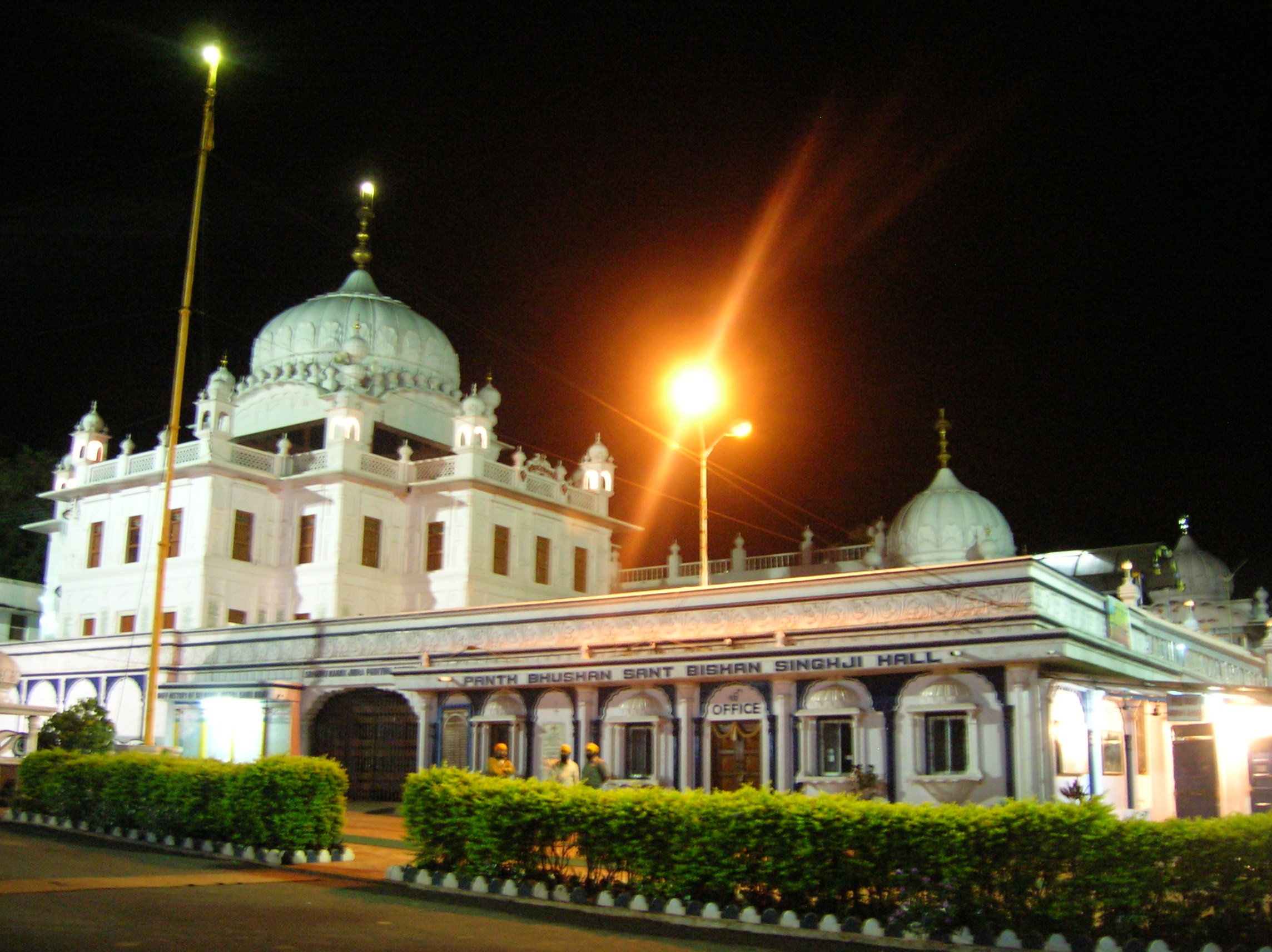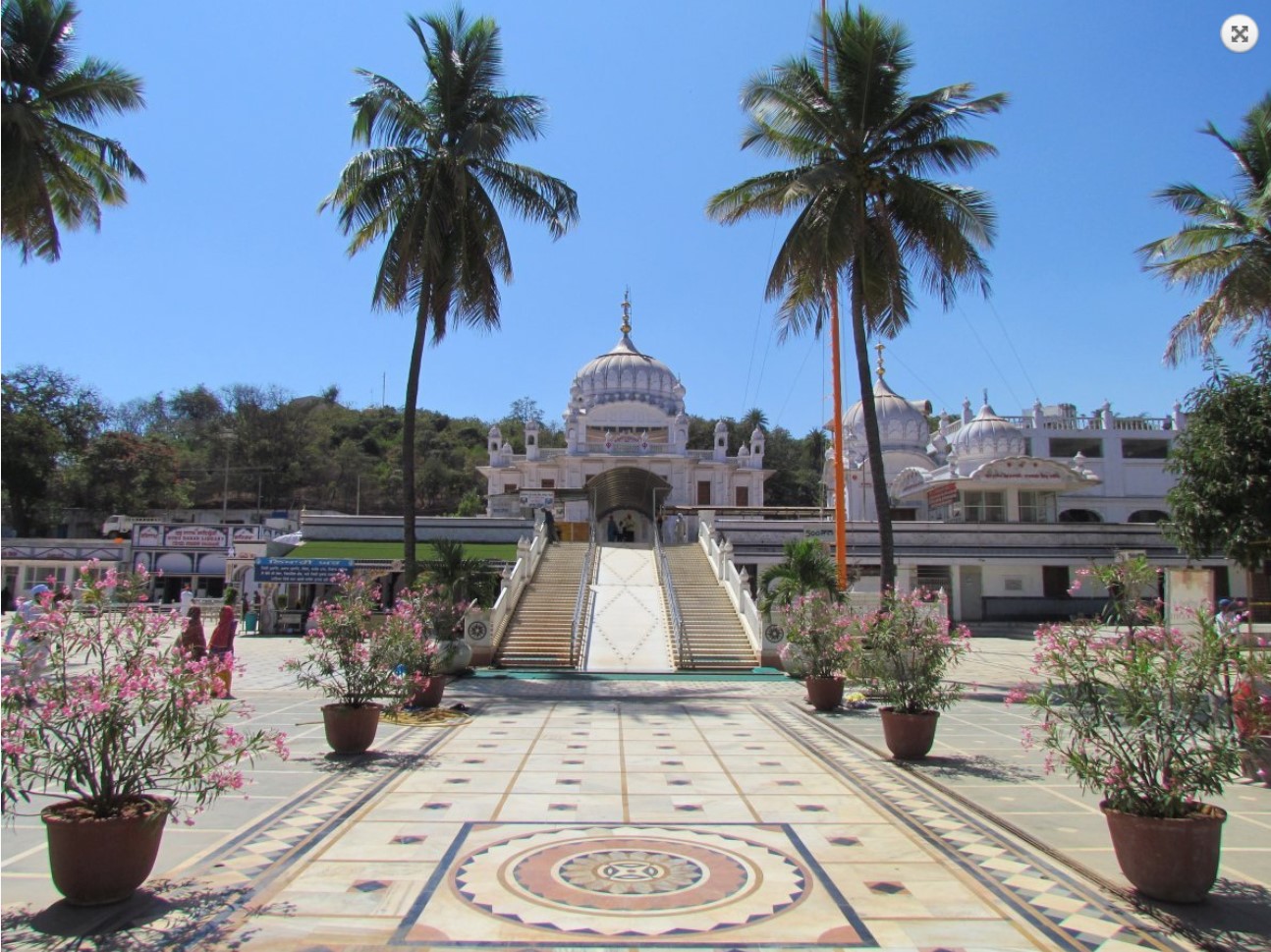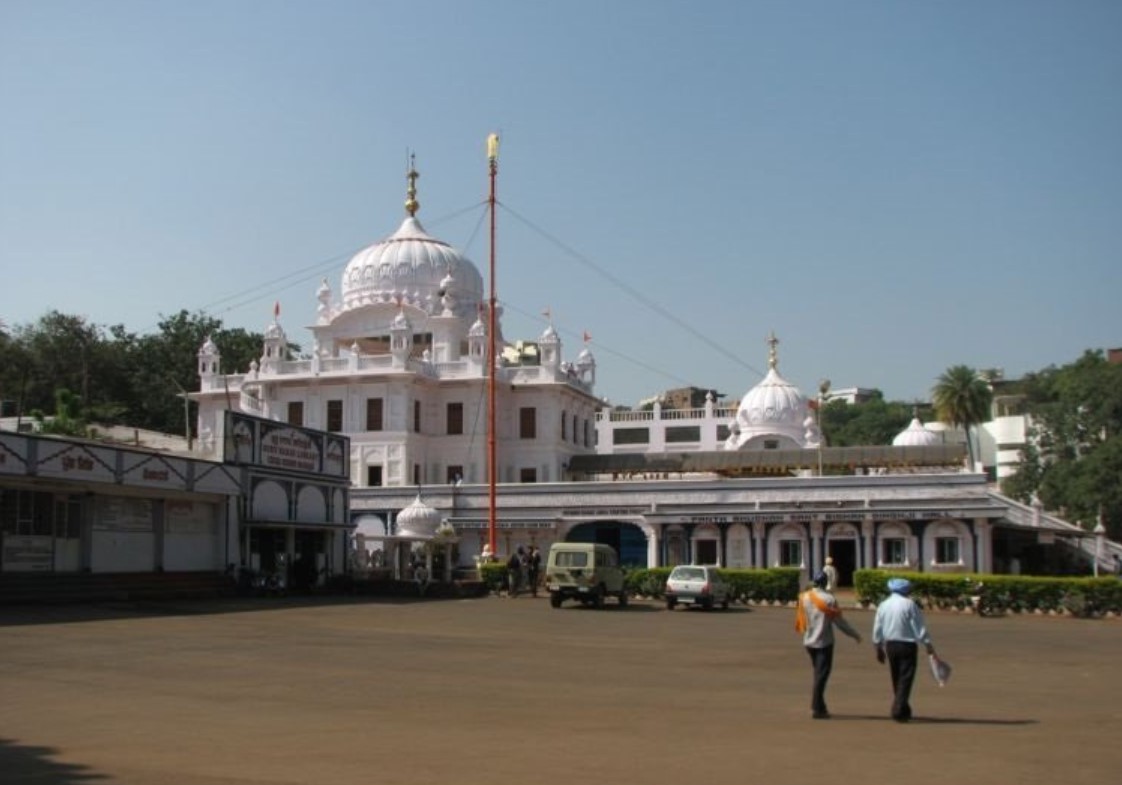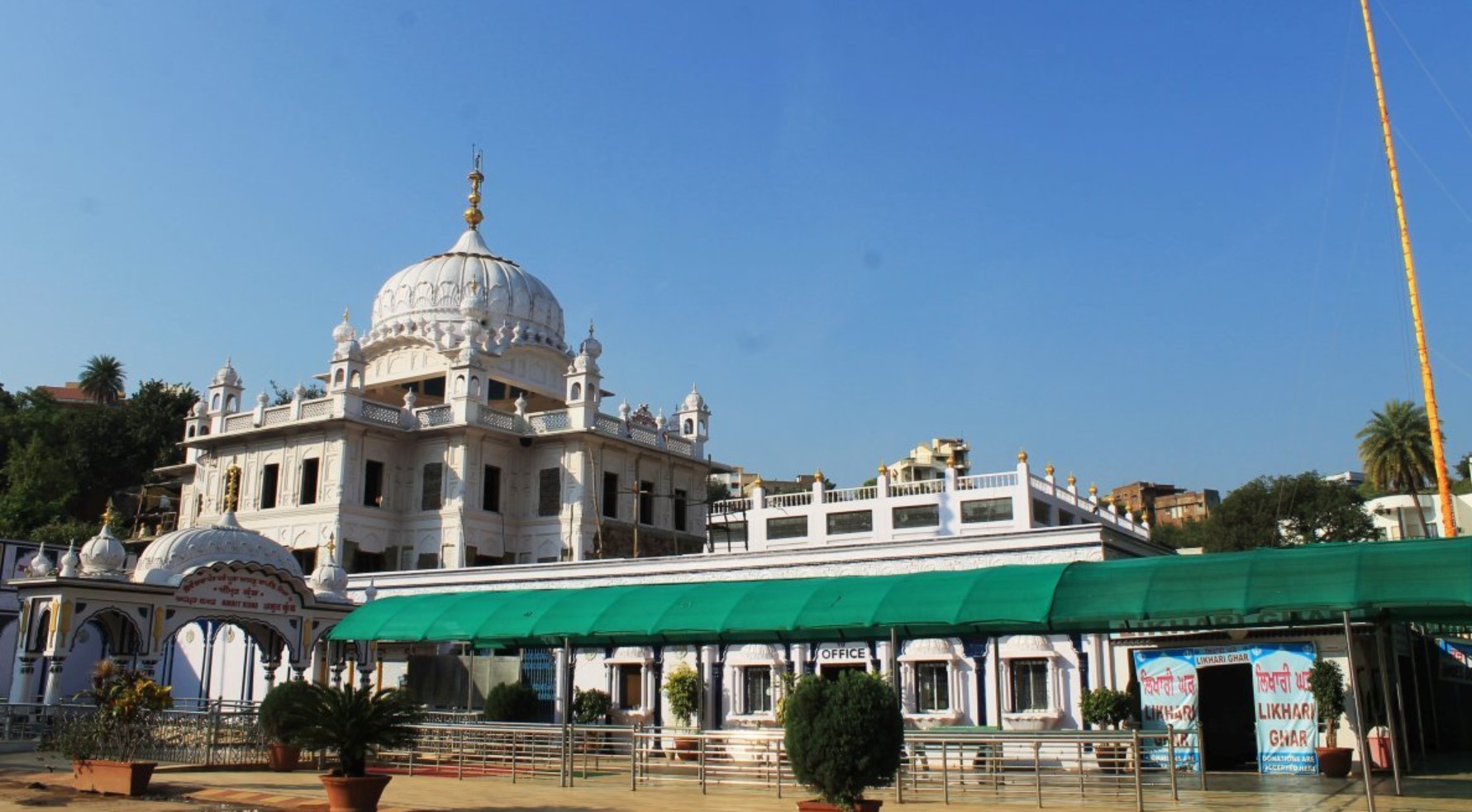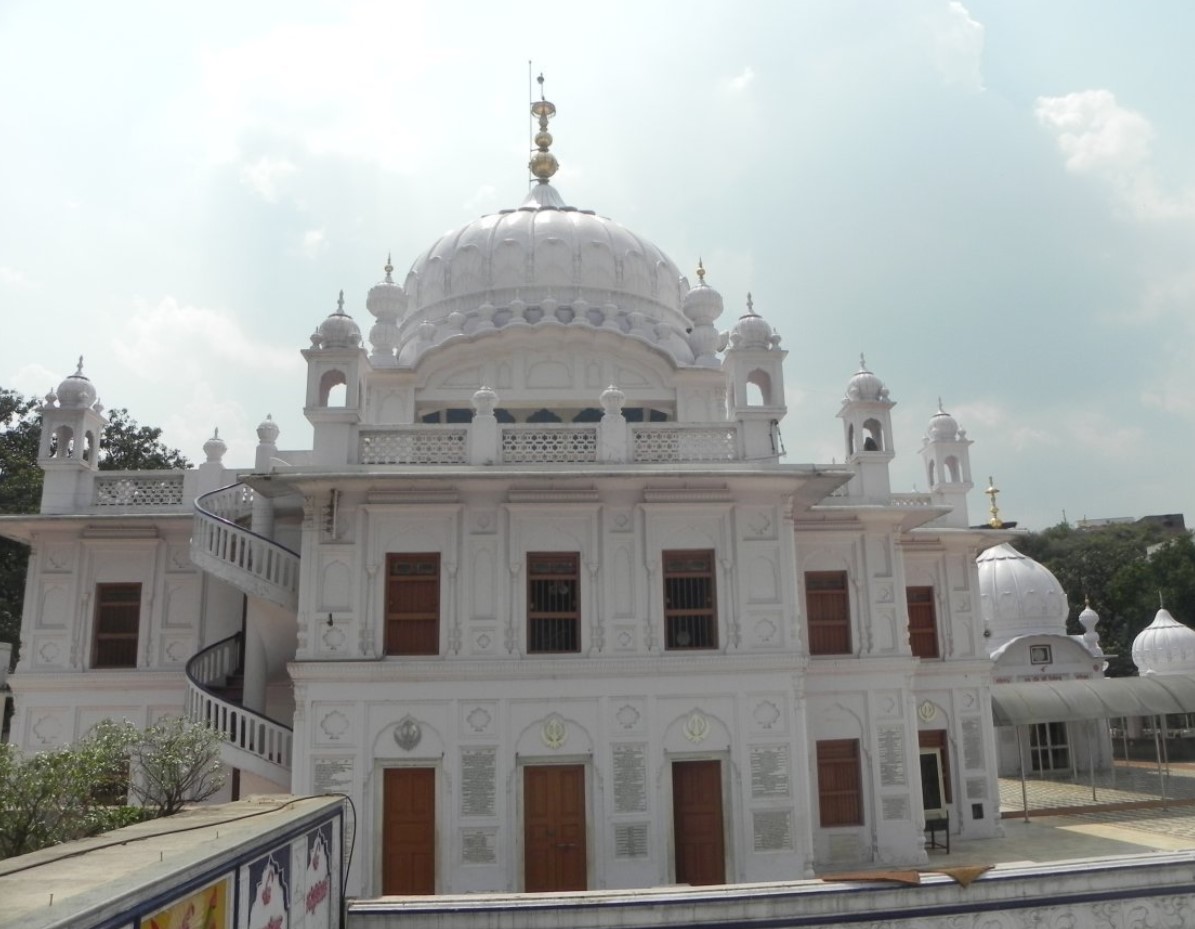Gurudwara Nanak Jhira – Bidar
Guru Nanak, the first Guru, travelled all over India and abroad to spread the message of the Almighty God. He communicated his creed of adoration and oneness of God in simple language. He visited many~ places and had discussions with saints, fakirs, sufis and ascetics, representing various religious orders.
He had been to the east, as far as Assam, down south to Sri Lanka and up in north to Tibet. He also visited very citadel of Islam, Mecca and studied in depth the Islamic faith and its way of life. Guru Nanak accompanied by Mardana ravelled by stages. His main object was to awaken the dormant souls, to show true path to the misguided and to spread the name of God among people.
The gist of his teachings is summed up in the preamble of Japji Sahib as follows-“There is but one God,
His name is true,
He is creator,
Devoid of fear and enmity,
Timeless,
Nor does he die to be born again,
He was true in the beginning,
The true one was when time began to run its course,
He was the truth,
He is true now,
And truth shall ever prevail”
Such was Guru Nanak who gave the message of love to all human beings. Men, were drawn towards him by his charismatic personality, the mystic atmosphere he generated, the magic of his words and the music of his hymns. He transformed the thinking’ of those who met him by the directness of his sermons, the subtlety of humour and his innate humility.
During his second ‘UDasi’ (missionary tour) of the South India, Guru Nanak aftersojourning through Nagpur and Khandwa visited the ancient Hindu Temple of Om Kareswar on the Narbada and reached Nanded, where 200 years later Guru Gobind Singh spent his last days. From Nanded he proceeded towards Hyderabad and Golkonda where he met Muslim saints and then came to Bidar to meet Pir Jalaluddin and Yakoob Ali.
The Guru accompanied by his disciple Mardana stayed in the outskirts of the Bidar town where ‘Nanak Jhira’ Gurdwara is now located. In the nearby were huts of Muslim fakirs, who took keen interest in the sermons and teachings of the great Guru. The news soon spread throughout Bidar and its surrounding areas about the holy Saint of the North and large number of people started coming to him to have his “Darshan” and seek his blessings There used to be acute shortage of drinking water in Bidar. All efforts of the people to dig wells were of no avail. Even where the wells were dug the water was found to be unfit for drinking.
The Guru was greatly moved by the miserable condition of the people. With divine name on his lips and the mercy in his heart he touched the hillside with his toe and removed some rubble from the place. To the utter surprise of all, fountain of sweet, cool water gushed out of the hillside. The place soon came to be known as ‘Nanak-Jhira’.
A beautiful Gurdwara has now been constructed by the side of the fountain. The water of the fountain is collected in a small ‘Amrit-Khud’ built in white marble. There is a free kitchen (Guru ka langar) where free food is given to pilgrims all the 24 hours. A Sikh museum has been built in the memory of Guru Tegh Bahadur, depicting the important events of Sikh history through pictures and paintings. The birthday of Guru Nanak and the Hola Mohalla festival attract large numberof Devotees from all over India.
It may be recalled that Bhai Sahib Singh one of the Panj Piaras (five beloved of Guru Gobind Singh) hailed from Bidar.
We find holy Shrines of the Sikhs not only in Punjab but also in the states of Haryana, Himachal, J&K, Delhi, U.P., Madhya Pradesh, Maharashtra, Assam, Bihar, Orissa, West Bengal and Karnataka. In fact the whole of India is the hallowed land connected with the lives and events of the Gurus.
Attributes





